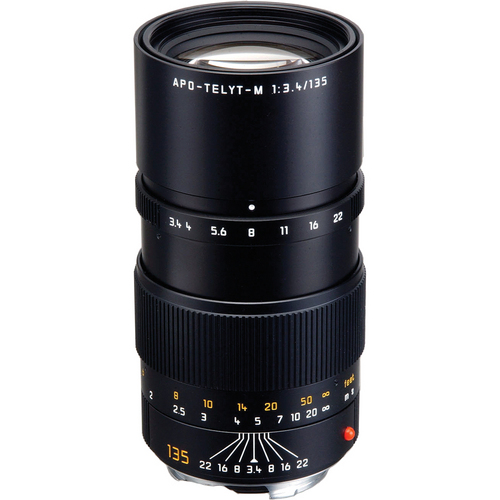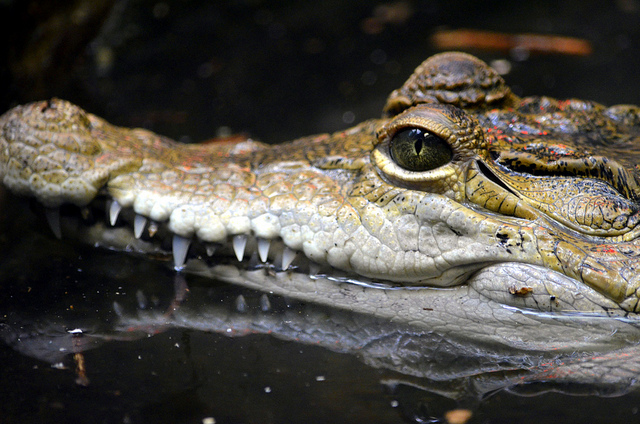Part V: Telephoto Lens
This week features a series titled: “DSLR Filmmaking & Lenses: What You Should Know Now,” a series of blog posts explaining the importance and benefits of specific types of camera lenses (ultra wide, wide, normal, portrait, telephoto) by contributor Jeff Bauer
A telephoto lens is a very specific type of long-focus lens between 135mm and 300mm on a full-frame camera sensor. Inside these lenses are telephoto groups, which are sets of lenses arranged to extend the path of light through the lens, and into the camera. These groups also help keep size and weight relatively smaller than without them. The physical length of the average telephoto lens is also shorter than the focal length, and tends to allow less light pass through than shorter focal length lenses.
Lenses at this length typically have an extremely shallow depth of field, while also producing a flat or magnified image. This isn’t always the case though. It has more to do with the distance at which you are shooting and the distance of the subject from the background, not as much with the actual perspective. This affects both the relative size and distance of objects and backgrounds, causing them to appear similar in size despite the long distance between them.
Telephoto lenses have a very narrow field of view, ranging from 30 degrees to less than one degree. So because of their long length and usually slower apertures, telephoto lenses are perfect for events such as sports and wildlife. For subjects to appear in focus, the distance between the camera and the subject must be farther away than with smaller, wider lenses.
The slower apertures associated with Telephoto lenses allow for more of an object to stay in focus, but due to it’s long length that area in focus could still be as small as an inch. There are also minimum distance issues to be aware of, so being in a stadium for example, or filming outdoors, is going to be easier and result in a more flexible shoot. It is not recommended to use long telephoto lenses indoors unless the location is big enough to accommodate the minimum focus distance.
When using these long telephoto lenses, it’s important to take into account your ability to keep a steady hand. With such a long lens, even the slightest movement will cause blurring and shakiness, so it’s recommended to use a monopod or tripod to keep a nice steady shot. Being on average much larger and heavier than shorter length lenses, this can also effect the balance of your camera. For example, a 50mm or 85mm lens will balance much more evenly with your camera body due to it’s more compact size, but mount a 200mm lens and I guarantee you will notice how much more front heavy the camera is. This heaviness can be tiring after a long day of shooting, especially if you don’t have something to steady the camera.

Overall I love a good telephoto lens. I think most people photograph better at longer focal lengths and from long distances, you can achieve beautiful landscapes as well. These are difficult lenses to work with, but once you know the limitations and the compromises needed, you can achieve stunning results.
If you liked my series, “DSLR Filmmaking & Lenses: What You Should Know Now,” please send us feedback and suggestions for other ongoing articles. We want to hear from you and your experiences!
Also don’t forget to check out our Facebook page for a chance to winning a free Canon Boot Camp! It’s as easy as going to our Facebook Page and clicking on the “Win a Canon Boot Camp” tab. Good luck and hope to see you there.

